Handicraft weaving is a traditional beauty of the Cong ethnic group for generations. From extremely simple, rustic, natural materials such as bamboo and rattan, through the skillful hands of craftsmen, they have become useful products such as fishing baskets, rattan boxes, trays, sieves...
In Dien Bien province, the Cong people live mainly in remote areas along the Vietnam - Laos border of 3 districts: Dien Bien; Nam Po; Muong Nhe. In Nam Ke village, Nam Ke commune, Muong Nhe district, according to the village elders, in 1958, the first 3 households moved to build houses next to Nam Ke stream to live. Gradually, Nam Ke village was formed and is also one of the first settled villages of Nam Ke commune today.
The weaving profession of the Cong ethnic group has existed for a long time and has been passed down through many generations. It is one of the cultural beauties of Vietnam in general and of the Cong ethnic group in particular. In Nam Ke village, the weaving profession is passed down in the form of "father to son", from a young age, men are taught by their fathers and grandfathers how to weave items and utensils for work and family life. The people take advantage of their free time to go into the forest to exploit raw materials. According to Mr. Lung Van An, a weaving artisan in Nam Ke village, Nam Ke commune, Muong Nhe district, Dien Bien province, " The time to exploit raw materials depends on the nature of each type of tree such as bamboo and giang: the best time to exploit is at the end of the rainy season, the beginning of the dry season, this is the time when the tree trunk has less water, the value of use will be better, when exploiting, choose mature bamboo and giang (3 - 5 years), the trunk is dark green, the joints are long and straight to achieve high durability and easy to split; for rattan, you must choose old trees, when the thorns of the rattan trees have turned black, the leaves have almost fallen, the sheath layer at the base has dried, the rattan trunk has turned dark green, the tree has flowers or fruits";
Raw materials are carefully selected by artisans in the forest.
When the raw materials are exploited, they will be pre-processed. The way to pre-process the raw materials is very simple. Although the materials are different, the basic pre-processing methods are the same: cutting, splitting, shaving, sharpening, preparing the rim, base, handle... for the product. In the pre-processing stages, the stage of creating woven slats (splitting, shaving) is the most important stage. If the woven slats are standard and meet the requirements, the product will be beautiful and durable. The thickness, thinness, width, and narrowness of the slats depend on the function of each product or each part of the product. For example, the slats that cover the mouth rim must be thick and wide; the slats that weave the bottom and body of the product must be thin and narrow; the bottom support slats must be thick and wide...

After the raw materials are brought home, the artisans perform preliminary processing.
With different tools, artisans use different weaving techniques and ways to create patterns such as weaving: nong mot, nong doi, nong ba, rope twisting, hexagonal weaving: Nong mot weaving (long mot): Is the method of lifting one, pressing one. The interlocking slats are consecutively opposite, the vertical slats are called nan cong, the interlocking slats are horizontal slats compared to the position of the weaver; this weaving technique is often used by the Cong people to weave the inner layer of rattan boxes (ca pong), fishing baskets (Su lu), the outer layer of baskets (men ne), rice baskets (kha tro), and storage baskets (sính kha). Double nong weaving (long doi): Double nong weaving, also known as nong hai weaving, is the method of lifting two and pressing two; the interlocking slats move one slat in succession, this technique is often used frequently and commonly by the Cong people in weaving beds (sinh cang). Three nong weaving (long ba): Three nong weaving is the method of lifting three and pressing three; The interlocking slats move one slat at a time, sometimes to create a diagonal pattern, the craftsman can put three slats on top of three slats and insert a horizontal slat in the middle. This technique is often used in weaving mats (da pa). Rope weaving: This technique is often applied to weaving products with round bodies such as fishing baskets (du xu); Hexagonal weaving (fox-eye weaving): is a weaving style that creates six-sided eyes, the interlocking slats are diagonally interlocked at a 60-degree angle to six directions, creating a gap in the middle, this technique is used in weaving cradles (u pien).
In addition to basic weaving techniques to complete a product, people will use techniques to tie the rim, waistband of the product; connect short spokes into long spokes; and interlock spokes.
After preliminary processing, skilled artisans will proceed to weave according to the product.
For some products such as rattan boxes (cả pông), baskets (mèn nè), rice baskets (sinh Cương), after weaving 2 layers: the outer layer and the inner layer, the craftsman will have to join the 2 layers together so that the outer layer fits and hugs the inner layer. Finally, use a support bar to attach and tuck into the bottom of the product. As for some products, the craftsman will complete the ear pieces, straps and ties, and complete the mouth of the product. Adjust as you go to make the product the sharpest and most delicate.
From the love of traditional culture along with diligence and ingenuity, the Cong ethnic people have turned bamboo, rattan, and reed tubes into useful products, closely associated with the ethnic culture. Preserving and passing on the craft is to retain the culture and roots of their ancestors, so over the years, although the weaving craft takes a lot of time and the income is not high, some craftsmen have still diligently preserved and wholeheartedly taught their children and grandchildren. Preserving and developing traditional crafts not only meets the needs of general socio -economic development but also preserves and conserves the traditional cultural values of the ethnic minorities in the mountains, which create unique characteristics of the ethnic minorities.
Source


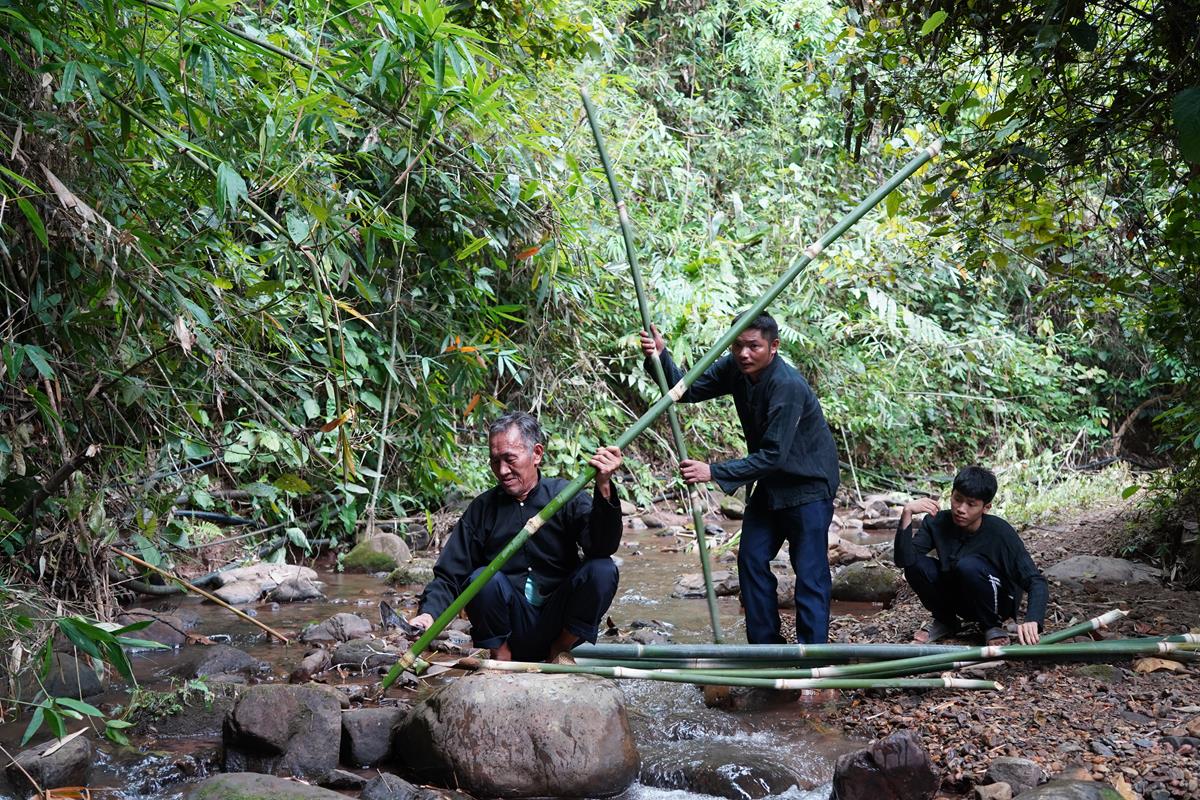
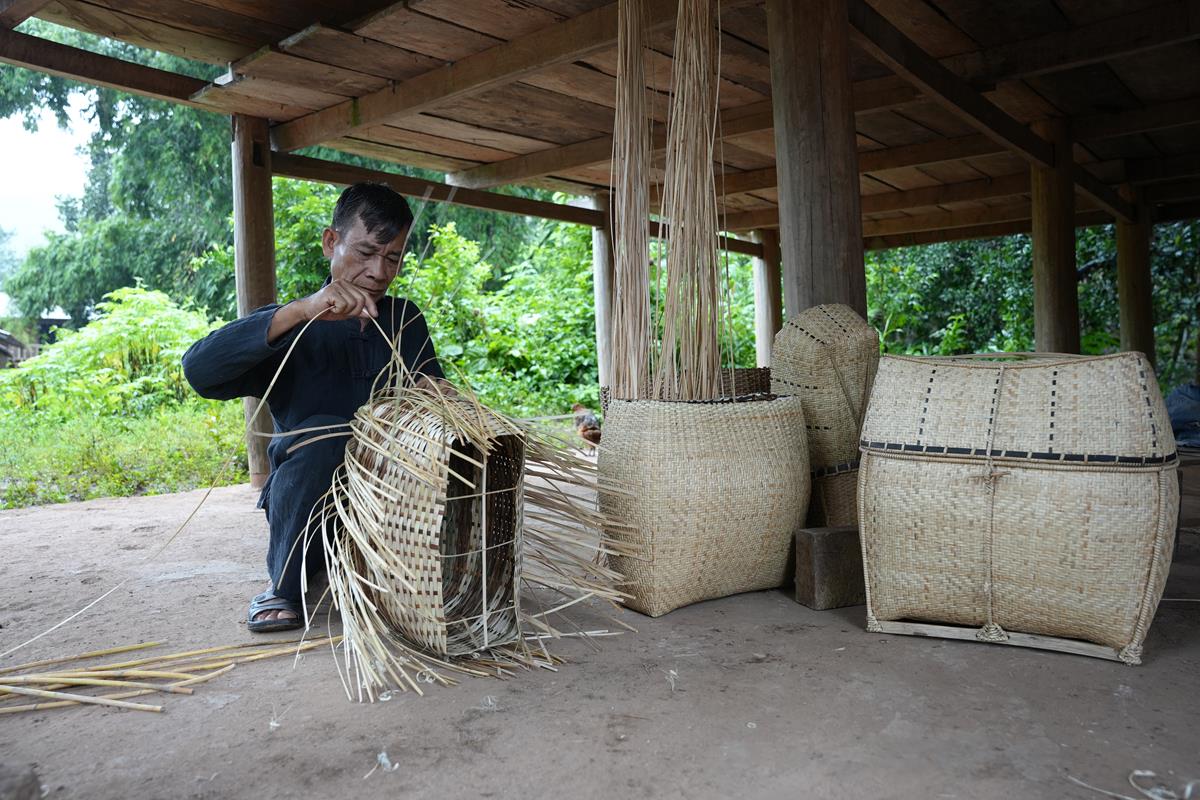









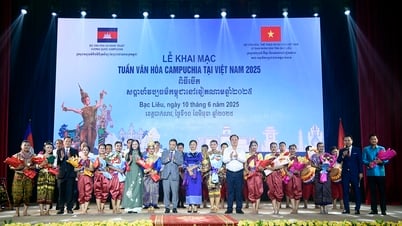


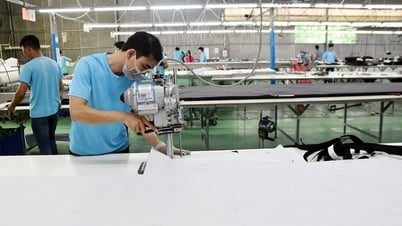






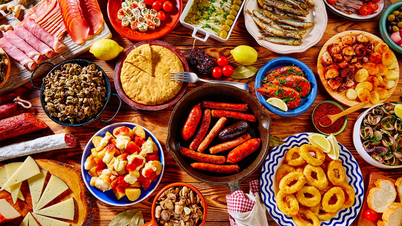



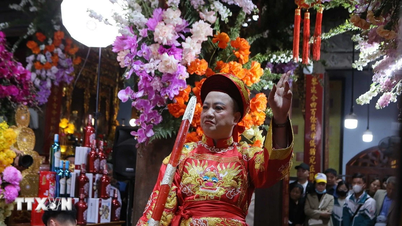

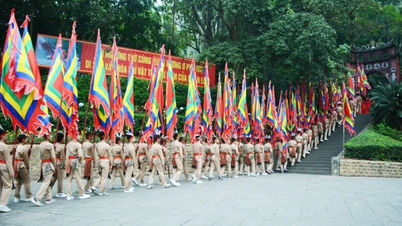





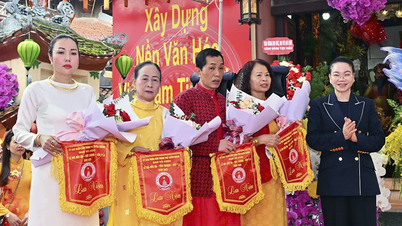


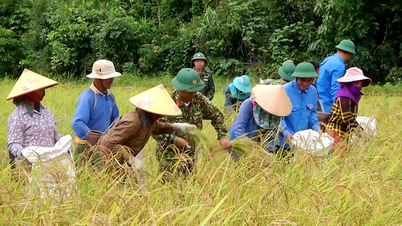
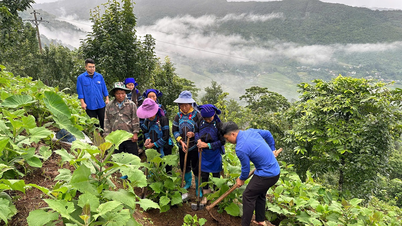


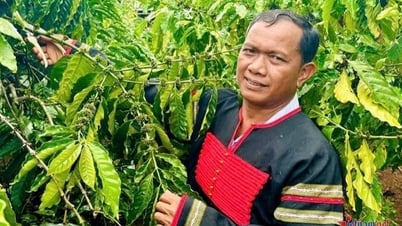

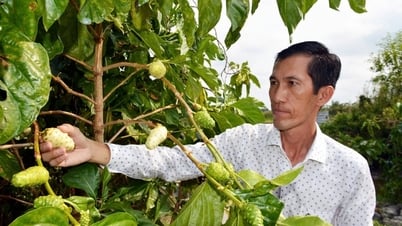

















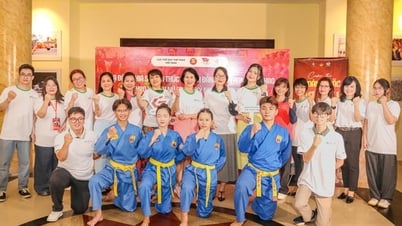





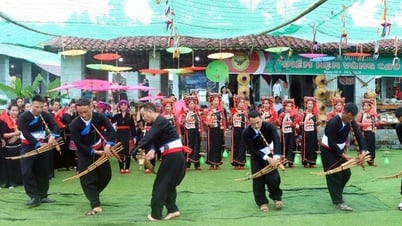


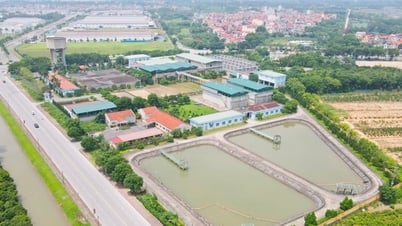

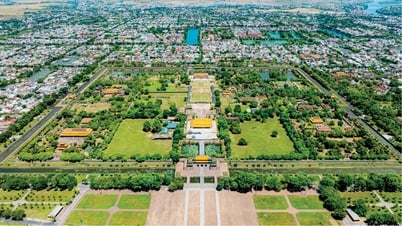







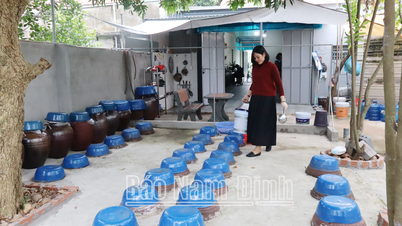









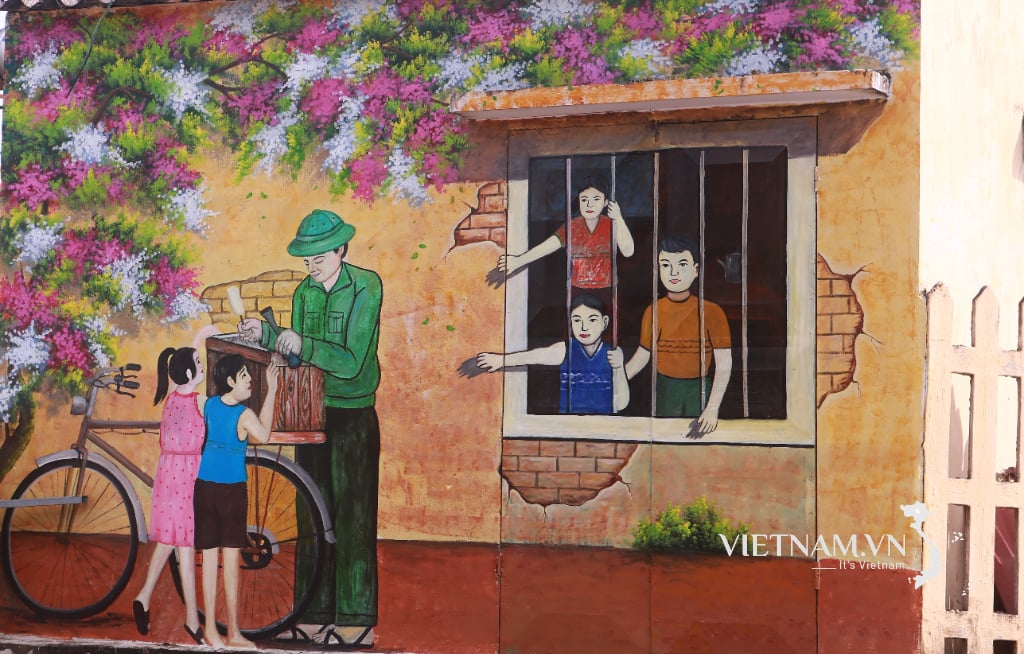
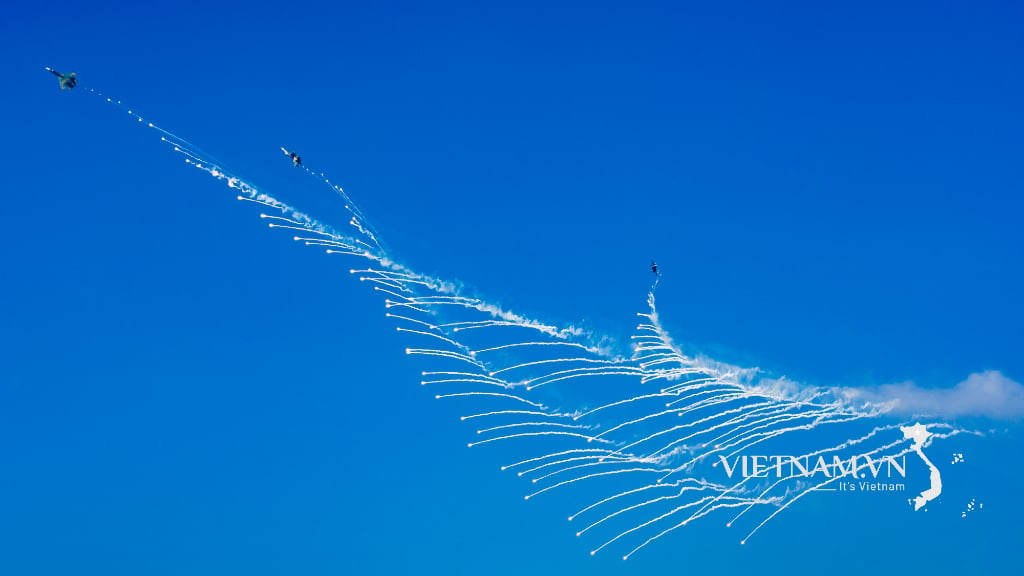
Comment (0)